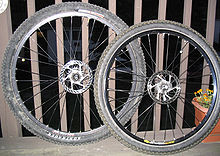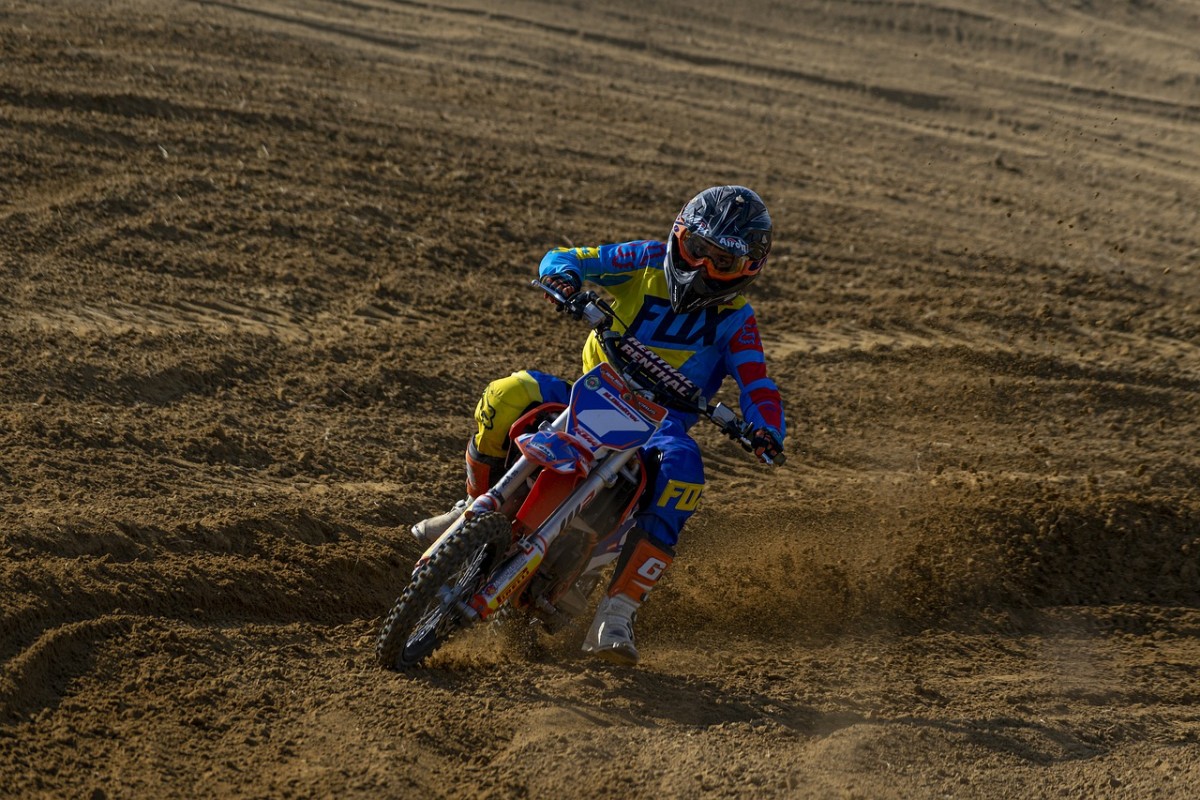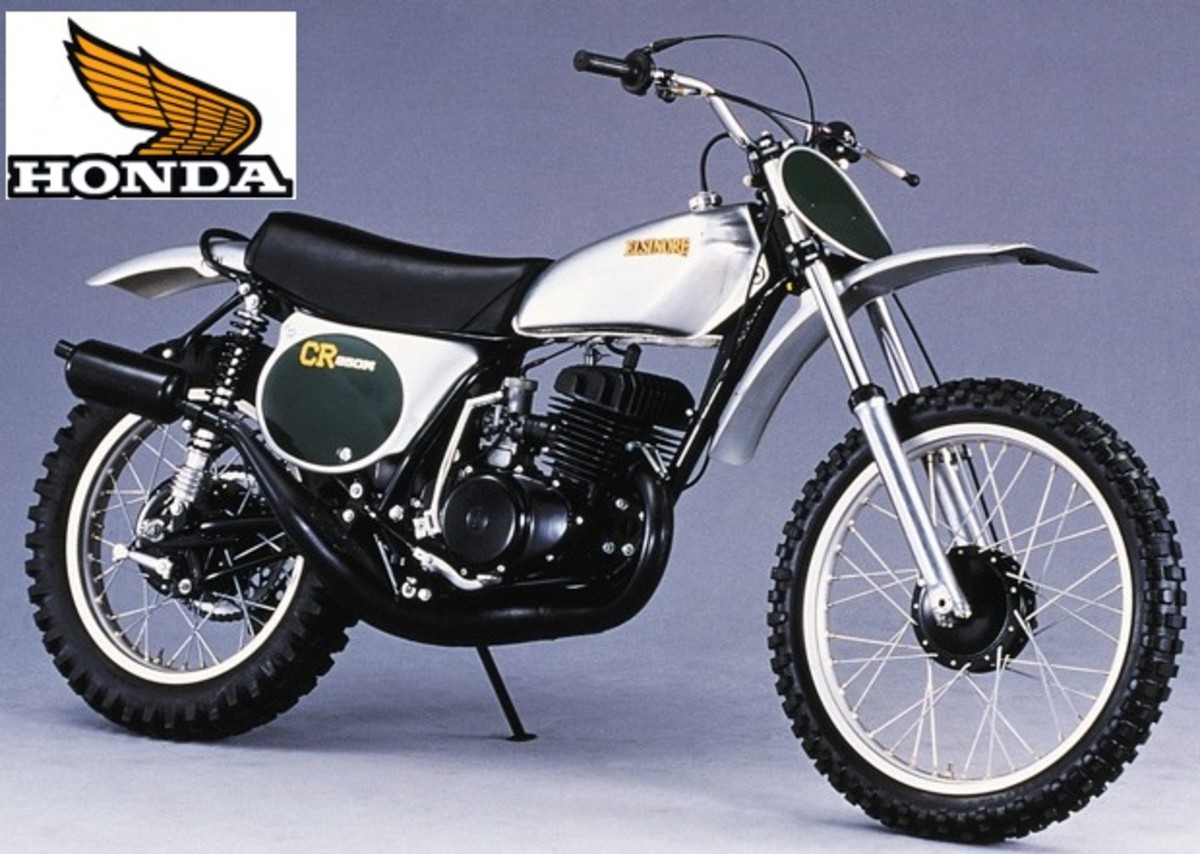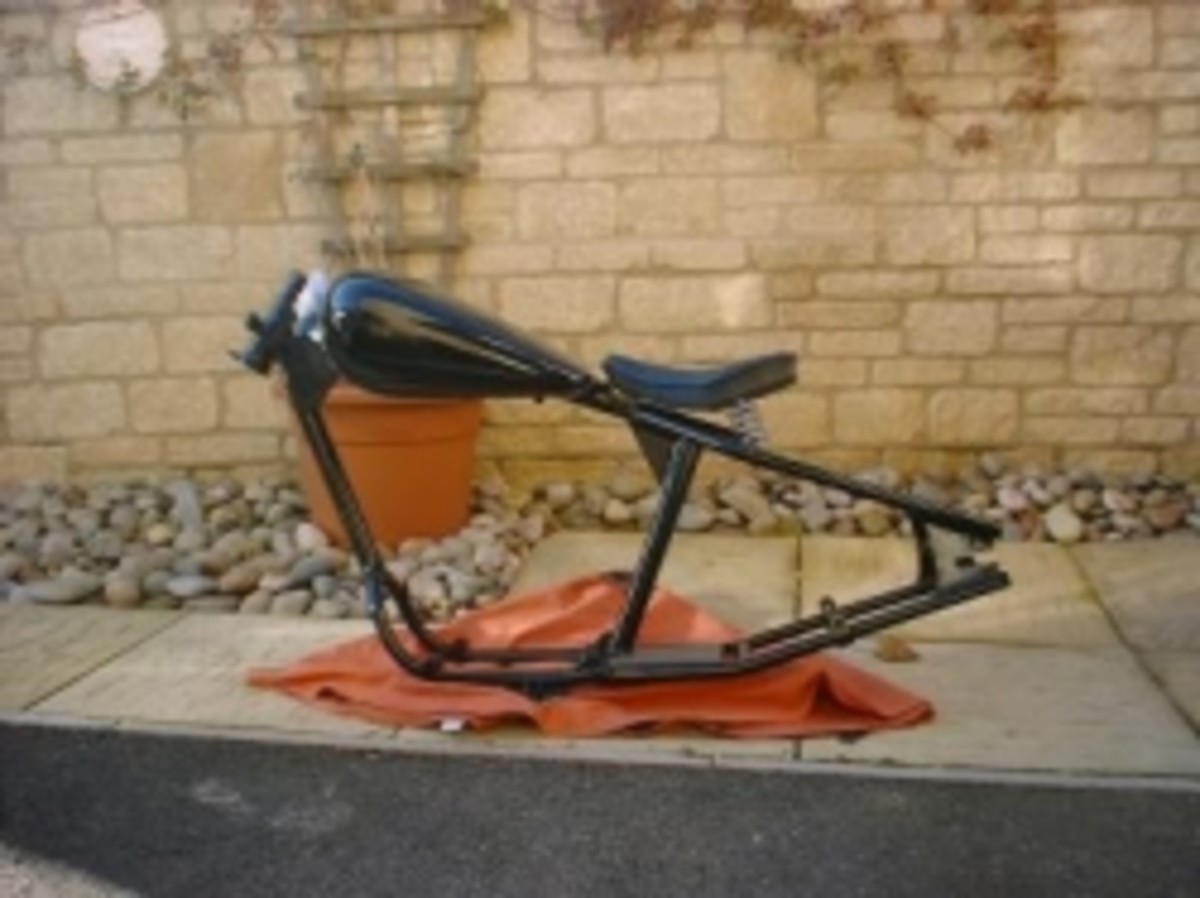Is Riding Really Finer on Top of a 29er Mountain Bike?
29" and 26" Mountain Bike Wheels

Every avid biker has their preferences when it comes to gear, but the question of a 29er mountain bike is one to ponder. So what is a 29er? And why should you care? In the simplest terms, a 29er mountain bike is a bike with 29” wheels compared to the industry standard of 26”. They were initially introduced to scepticism from the mountain biking society and even though manufacturing and press increased, it was rare to see an actual 29er mountain bike on the trail. They were marketed as being more comfortable for average-to-taller riders, and while heavier than their counterparts, they offered a more solid and satisfying ride while hammering trails. So why weren’t they in widespread use?
Biker lore says that after WWII ended and the economy came back into the hands of the general public, the average teenager wasn’t saving their allowance for a new bike. They wanted cars. Bike sales were in a decline and Frank Schwinn, whose company had stopped manufacturing bicycles during the war to produce more needed materials, started designing and marketing bikes for kids and young teens. He reduced the standard size at the time, 28”, to 26” so that the bike was a better fit for his younger customers. It worked, and the standard was born.
A discussion over the pros and cons of 29er mountain bikes is currently erupting among the mountain biking community. Those who think the 29" wheel to be inferior often complain of extra weight, apparent sluggishness in handling, and feet problems (particularly, front-wheel and toe overlap and excessive standover height). Also, if you are under average height the ride can be downright uncomfortable due to the simple effort of staying upright. 29" fans answer with praises about reduced rolling resistance, an increase in stability without having to sacrifice quick handling, and better roll-over capabilities when meeting inevitable trail obstacles.
Experts say if you are not sure which is best or if you are a new rider, the 26” is just fine. Most likely, the kinds of trails ridden by a beginner don’t require the heavy and sturdy power touted by fans of the 29er mountain bike. As you continue to grow in your experience and hone in on your personal preferences, you can decide for yourself which is best. No matter what, the discussion among bikers is not one to end soon, especially since 29er mountain bikes are being manufactured by more mainstream brands.








